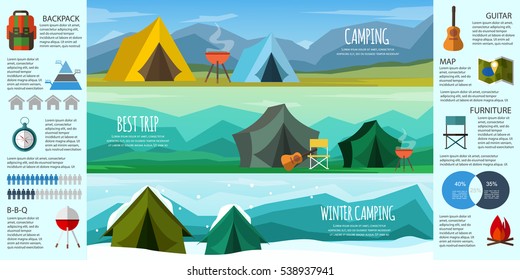Cooktop jacks are vital to secure camping tent stove usage, keeping cold air, rainfall, snow, bugs and also flammable combustible products out of the tent. Yet, they're not without their risks. Read on to learn more about typical errors campers make when fitting their oven jacks, and exactly how you can prevent them at your camping site.
Product Compatibility
When searching for a cooktop jack, ensure it is made from heat-safe products. The material made use of to make the jack must additionally be durable and breathable, which will aid to keep the camping tent warm and dry when it remains in usage.
As soon as you have actually located a cooktop jack that works with your outdoor tents, it's time to determine where you wish to install it. Usually, it's ideal to position the oven in the facility of the camping tent to assist keep all areas cozy and relaxing, but it is very important to stay clear of positioning it straight up against a camping tent wall surface given that this is a fire hazard. Likewise, consider just how simple it will certainly be to reach your stove when refueling and tidying up in the middle of the evening.
Stove jacks are rather easy outdoor camping gear, but they are unbelievably essential for securely making use of a camping tent oven in any type of weather. By taking the time to choose the right dimension and correctly mount your cooktop jack, you'll be ready for a comfy outdoor camping experience!
Oven Pipe Diameter
The dimension of your stove pipeline is necessary to make certain appropriate airing vent and to stay clear of a fire danger. A little diameter pipe will certainly work fine in many outdoors tents, however a bigger one must be used with a heavier-duty canvas outdoor tents or a Tipi.
When it concerns figuring out the excellent positioning of your range, the facility of the outdoor tents is commonly the most effective selection. This will certainly assist keep the whole camping tent warm while minimizing the capacity for smoke to leakage around the sides. It additionally aids prevent warmth from surprising from the stove and right into flammable products like walls or ceilings.
When it involves wall and floor protection, NFPA needs at the very least 36" of clearance from combustible walls. This can be decreased by utilizing a range shield and a single-wall stovepipe with a shielded thimble (if entering into the ceiling, attic room or roofing system). Always consult your woodstove manufacturer's proprietor's manual to learn more about appropriate setup.
Range Pipe Length
Aside from not being straight up against the wall of the outdoor tents (where it could be a fire danger) there isn't really an incorrect location for a cooktop jack. It's simply an issue of choice, depending upon how very easy it will certainly be to reach for refueling and exactly how close it will certainly be to the entry of your tent.
However, if you install your pipeline also way out from the stove, cold air and rain will have the ability to blow in around the beyond the pipeline. This isn't ideal, as it will make starting your oven and maintaining a good draft difficult.
To satchel find out just how much flue you'll require, measure the distance from where your outdoor tents's cooktop will sit to your chimney opening. Then deduct 2 inches due to the fact that each area of pipe overlaps. The number you get is the amount of pipe you'll need to get. Luckily, installing range pipelines isn't difficult and requires very little devices.
